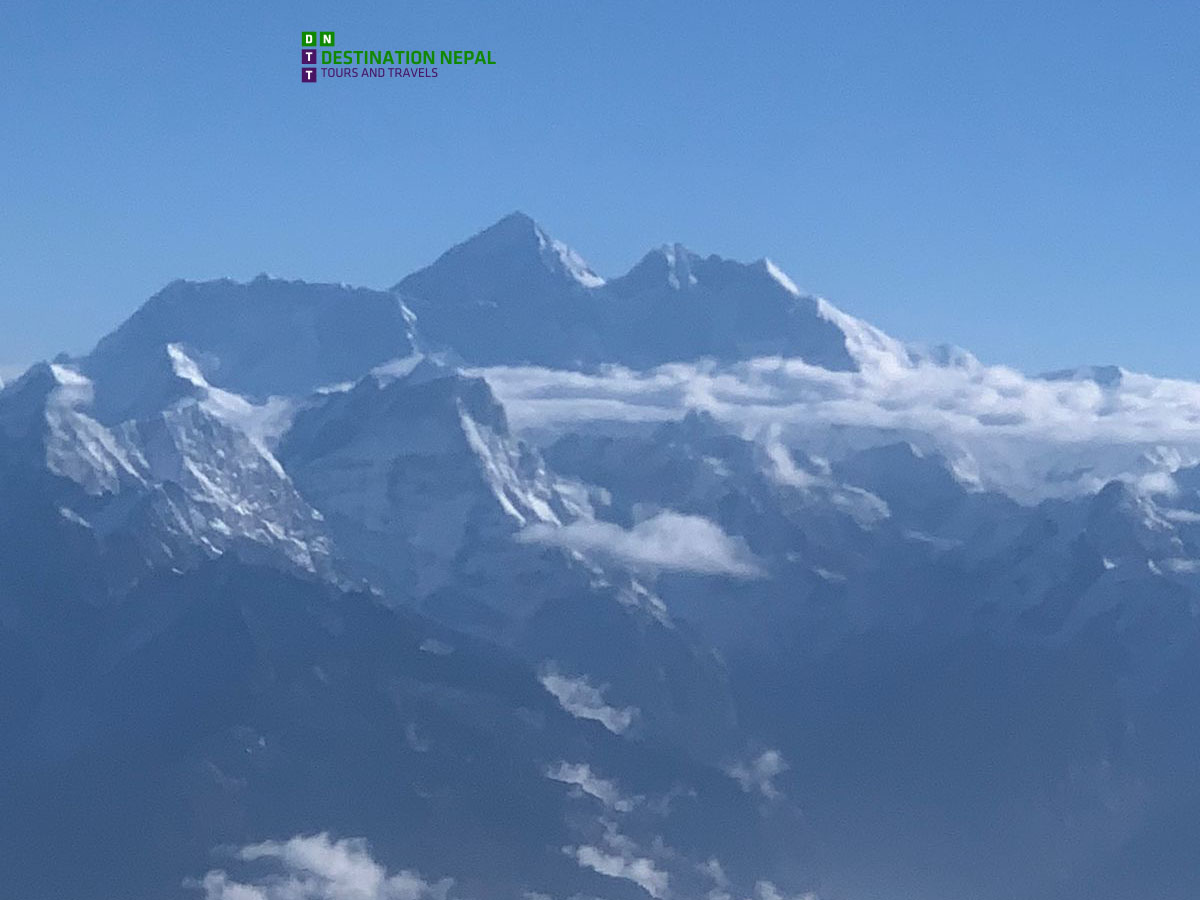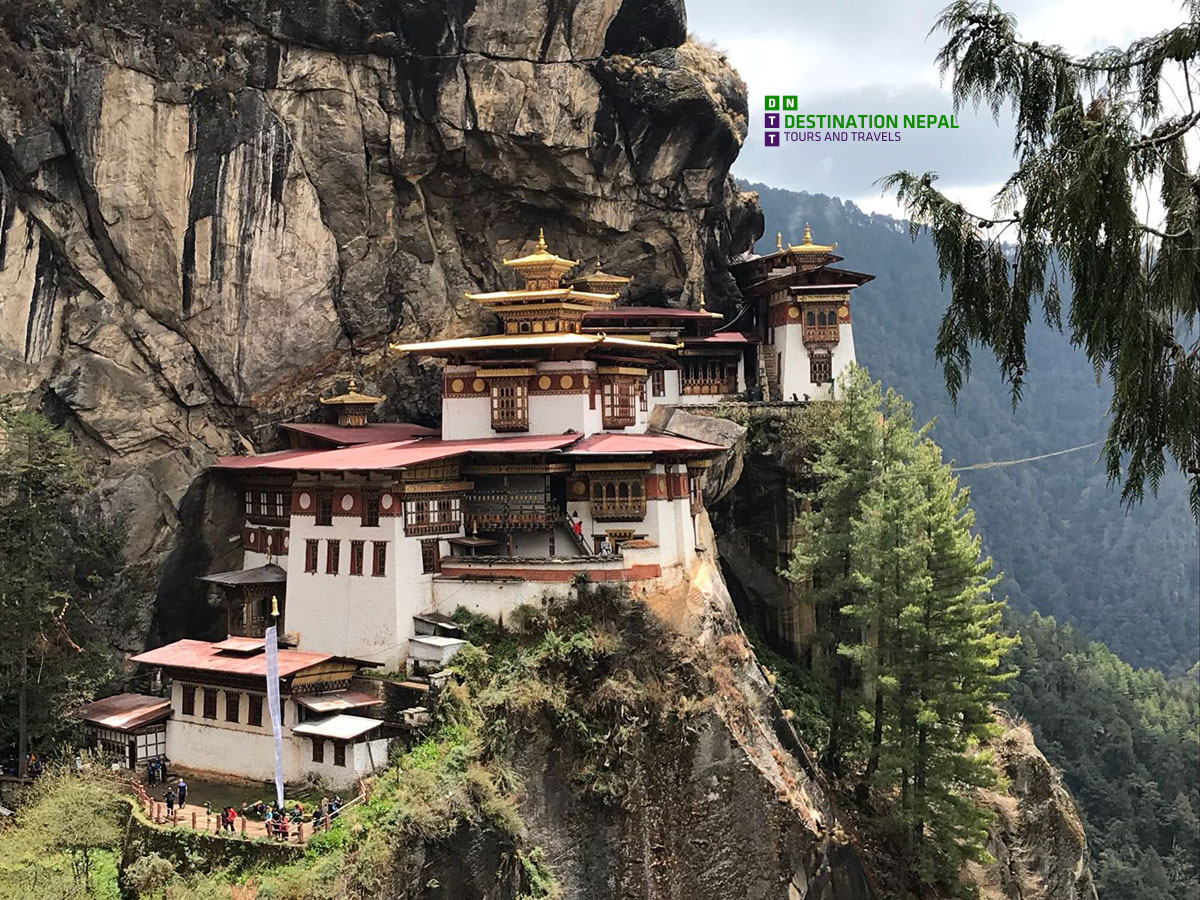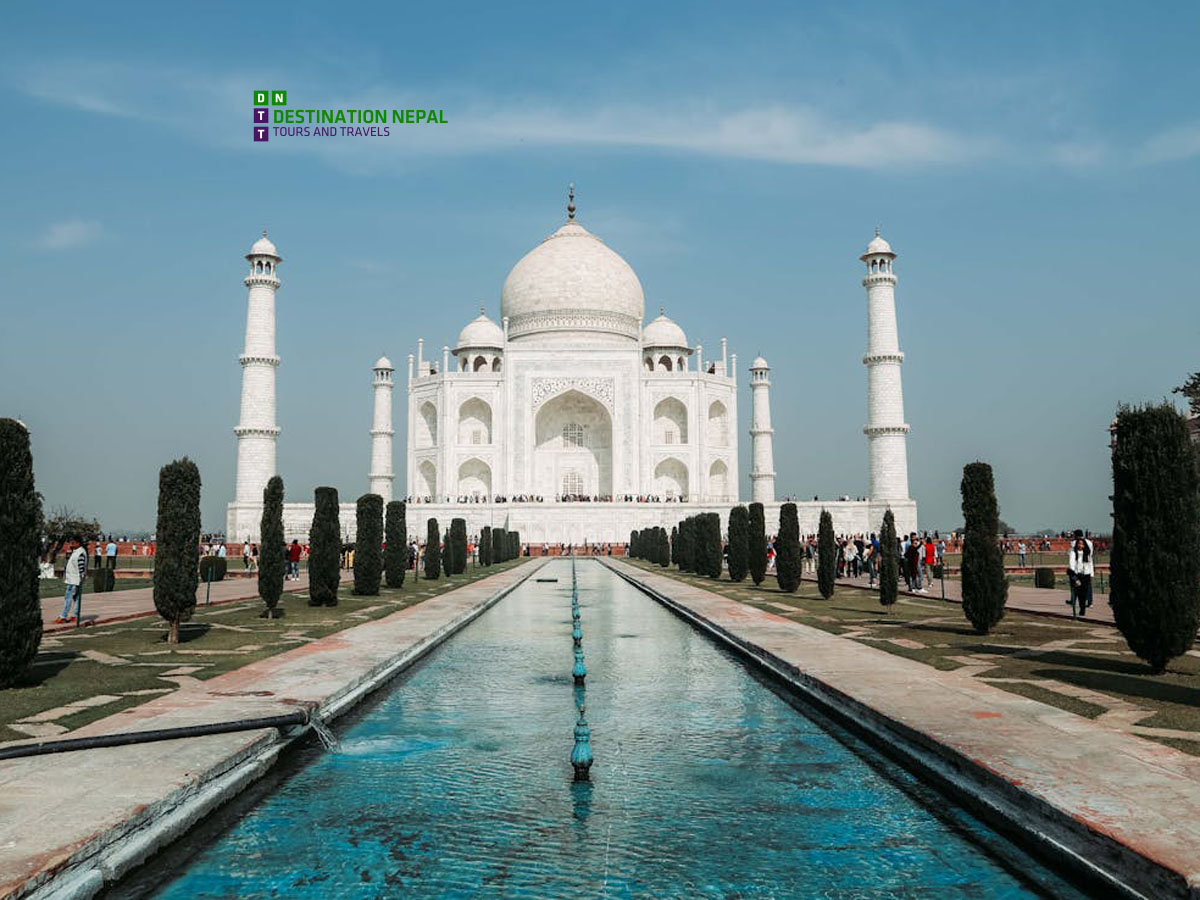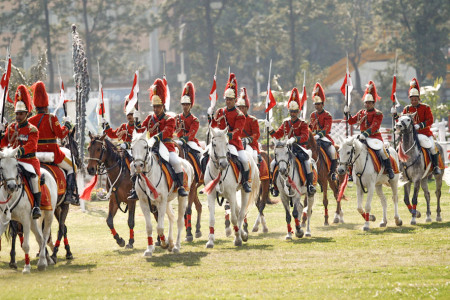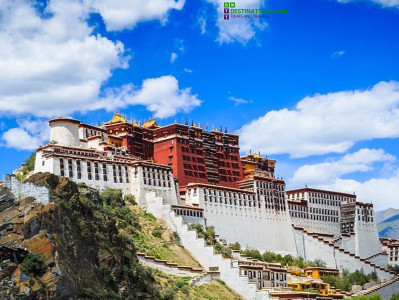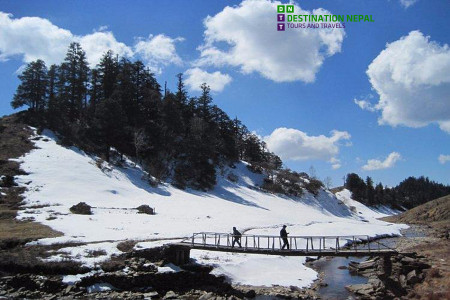Blogs
Maha Shivaratri Festival 2025: Date, Rituals, and Celebrations in Nepal
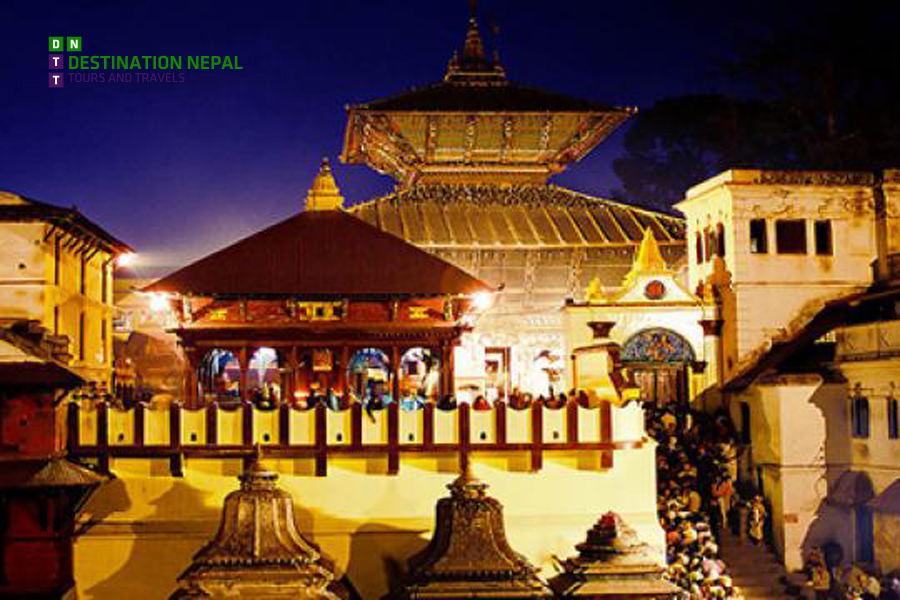
Shivaratri Festival in Nepal
Nepal, a country of diverse cultures and traditions, is a multiethnic and multicultural land where numerous festivals are celebrated year-round. As a nation that embraces various religious and ethnic groups, Nepal exemplifies harmony, where all religions are respected, and every tradition is valued for its unique beauty and ethnicity. Among the many celebrated festivals, Shivaratri Festival holds a special place in Nepal.
The famous quote by Kirk Patrick perfectly encapsulates Nepal's vibrant culture:
"Nepal is a country where there are more temples than houses, more gods and goddesses than people, and more festivals than days in a year."
Festivals in Nepal are an integral part of life, celebrated with immense enthusiasm, regardless of one’s religion. While Hinduism is the dominant faith in Nepal, people from other religions also join in the celebrations, fostering unity and joy. Among the most significant celebrations is Maha Shivaratri, a revered festival dedicated to Lord Shiva, the supreme god in Hinduism.
What is Maha Shivaratri?
The Shivaratri Festival is celebrated across Nepal and various parts of Asia, especially South India. This festival is dedicated to worshipping Lord Shiva, known as the supreme deity of Hindus. Devotees visit Shiva temples across Nepal to offer their prayers and seek blessings for their families and the world. Maha Shivaratri, which means "the great night of Shiva," is observed with deep spirituality, marking the occasion with rituals, bonfires, prayers, and devotion.
When is Shivaratri Celebrated?
According to the Hindu calendar, Maha Shivaratri falls on the 14th day of the dark fortnight of the lunar month, typically in February or March. In Nepal, this day is considered especially sacred as the principle of Lord Shiva is believed to be most active during this time. Shivaratri 2025 will be celebrated on March 11, 2025, with great fervor.
Shivaratri Celebrations at Major Temples in Nepal
Pashupatinath Temple – A Global Hub for Devotees
The Pashupatinath Temple, Nepal’s most iconic Shiva temple, becomes the epicenter of the Shivaratri Festival. Every year, thousands of devotees from across the globe gather here to worship Lord Shiva. The temple premises are beautifully decorated with lights, and sadhus (holy men) meditate, chant, and perform the Tandav, a cosmic dance of Lord Shiva. Devotees chant “OM Namah Shivay” and “Mahamritunjaya”, filling the air with a spiritual aura.
The Pashupatinath Area Development Trust (PADT), along with Nepal Scouts, organizes crowd management, provides emergency services, and ensures cleanliness during this significant event. Devotees from all walks of life patiently wait in long queues to worship Shiva Linga and offer their prayers.
Kailashnath Mahadev Statue – A Testament to Shiva
The Kailashnath Mahadev Statue, the world’s tallest Shiva statue, is another prominent destination during Maha Shivaratri. Located on the border of Bhaktapur and Kavre, this site attracts over 10,000 visitors annually. Devotees participate in rituals, sing devotional songs, and light bonfires. The serene environment around this towering statue makes it a perfect place for meditation and spiritual reflection.
Shivaratri Rituals and Practices
Morning Rituals
On Maha Shivaratri, devotees wake up early and take a ritual bath at sunrise. They then visit nearby Shiva temples, offering milk, yogurt, honey, and sandalwood paste to the Shiva Linga. Women perform traditional pujas, seeking blessings for their families and a peaceful life.
Nighttime Worship
As the festival's name suggests, the Shivaratri night is dedicated to worshipping Lord Shiva. Devotees gather in temples, sing hymns, chant mantras, and narrate stories about Lord Shiva. Special pujas are conducted at night, and devotees break their fast with Prasad (blessed food offerings).
Sacred Offerings
Devotees offer unique items to Lord Shiva, including Bael leaves, vermilion paste, food items, incense, and lamps. Each offering has symbolic significance, such as the purification of the soul and the removal of negative energies.
Significance of Maha Shivaratri
The Shivaratri Festival is deeply rooted in Hindu mythology. It is believed to mark the day when:
- Lord Shiva saved the world by drinking poison, earning the name Neelkatha (the blue-throated one).
- Lord Shiva and Goddess Parvati were married, symbolizing eternal love and unity.
- Lord Shiva performed the Tandav, representing the cycle of creation and destruction.
Devotees believe that observing fasts and participating in rituals on this holy day can lead to spiritual awakening, cleansing of sins, and mental peace.
Interesting Facts about Shivaratri
- 12 Shivaratris in a Year – There are 12 monthly Shivaratris, but Maha Shivaratri is the most significant.
- Celebration of Light Over Darkness – Shivaratri represents the triumph of knowledge and truth over ignorance and evil.
- Unity Through Devotion – People from different walks of life celebrate this day with harmony and enthusiasm.
Maha Shivaratri During Challenging Times
In recent years, global events such as the COVID-19 pandemic have impacted festival celebrations. During such times, devotees are encouraged to follow safety protocols, wear masks, and celebrate the festival indoors when necessary. Despite challenges, the spiritual significance of Shivaratri remains unshaken, offering solace and peace to millions of devotees.
Conclusion
The Shivaratri Festival is not just a religious celebration but a profound experience that brings people together. With its rich rituals, devotion, and cultural significance, Maha Shivaratri continues to inspire millions in Nepal and around the world. Whether you visit the Pashupatinath Temple or meditate at the Kailashnath Mahadev Statue, this festival offers a chance to connect with the divine and embrace the essence of Lord Shiva’s teachings.
Happy Shivaratri Festival 2025!
